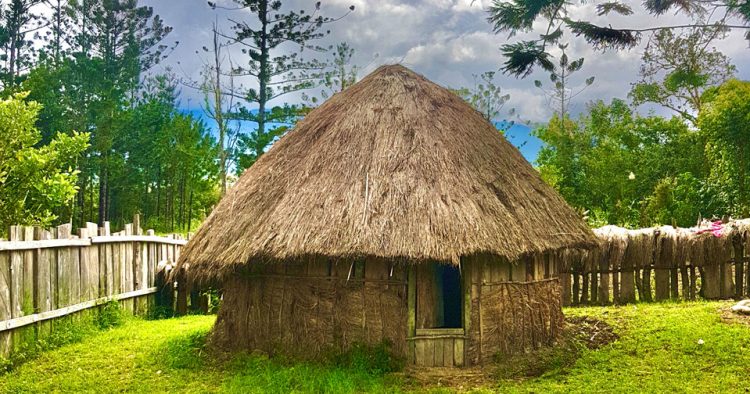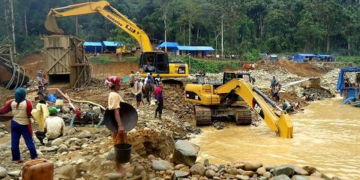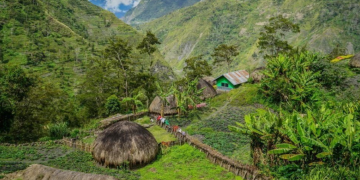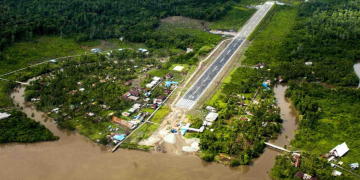Honai is a traditional house typical of Papua. From a philosophical point of view, honai house has a variety of meanings. In addition to Honai, other tribes in Papua also have traditional houses with their own characteristics.
Indonesia is an archipelagic country with various tribes and cultures. This diversity can be seen in the variety of traditional houses that are characteristic of each region.
The diversity of Papuan tribes can be seen in several traditional houses that have distinctive characteristics according to the tribe. However, the most famous name of the Papuan traditional house is the Honai traditional house.
The Honai traditional house is the residence of the Dani tribe who live in the Baliem or Wamena basin, the Lani tribe in the Toli Mountains, and other indigenous Papuan tribes. Honai houses are of 3 types, namely:
– Honai: A house for men.
– Ebei: A home for women.
– Wamai: A house for livestock.
For beds, men sleep on the ground floor in a circle, while women sleep on the second floor. There is a bonfire in the middle of the room on the first floor which is used to warm up.
This house is usually set up in groups. Honai’s house can be lived in by 5-10 people in it.
The building is not windowed because it was built to protect the Dani tribe who live in an area with very cold air in the mountains of Papua.
Therefore, the shape of the Honai house is also adapted to the surrounding air.
The materials for building houses are obtained from nature so that they are environmentally friendly, such as wood made into the body of the house, thatch as the roofing material, rough wooden boards as wall material, and grass or straw as floor material.
Honai house has a round shape to reduce cold temperatures and strong winds. The roof of the house is round conical or half-spherical made of thatch or thatch.
The roof of Honai’s house is larger than the walls and is made of thatch. The roof of the Honai house is made so to protect the walls from rainwater. The roof of the Honai house wears thatch not only as a covering or roof, but also has a meaning.











